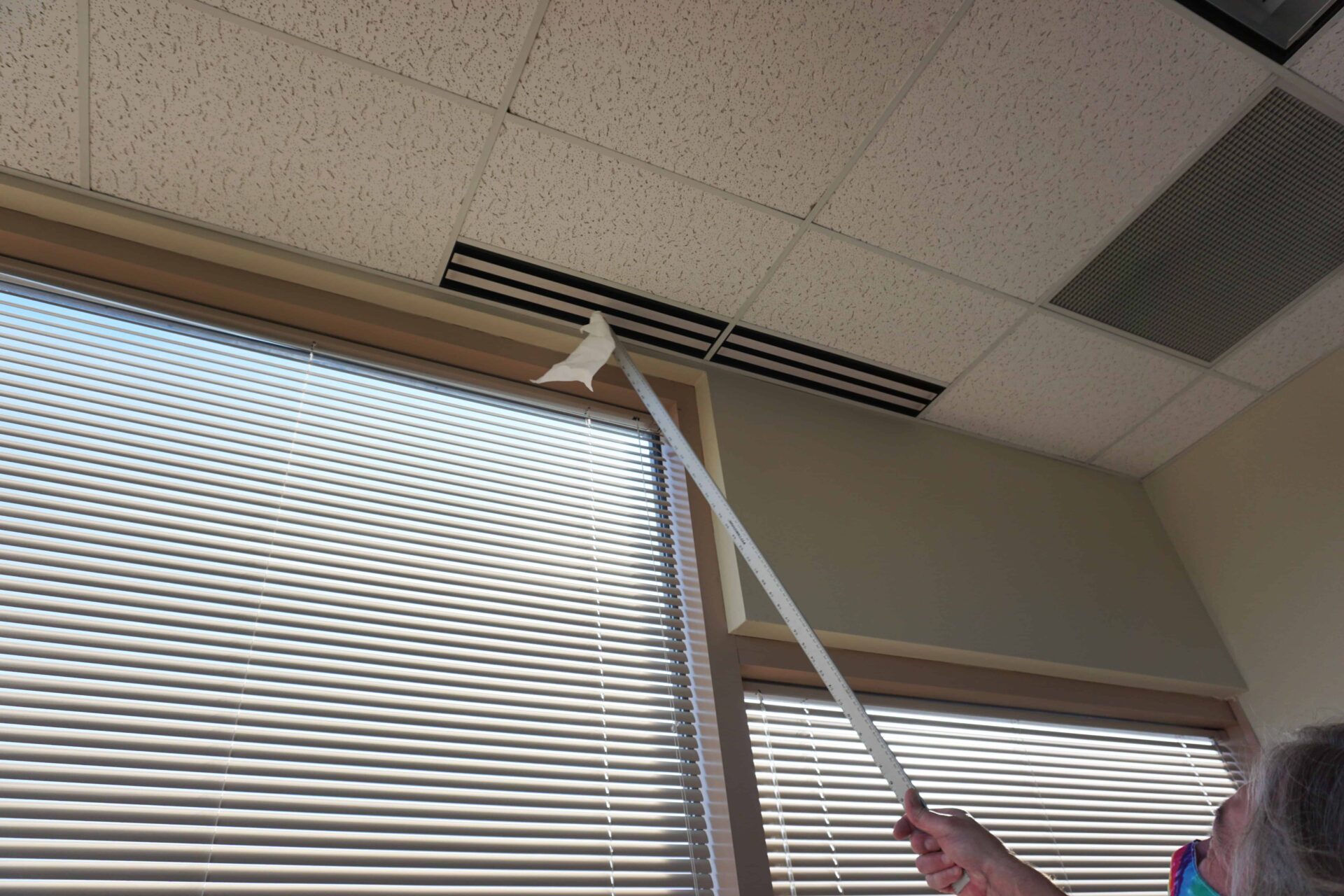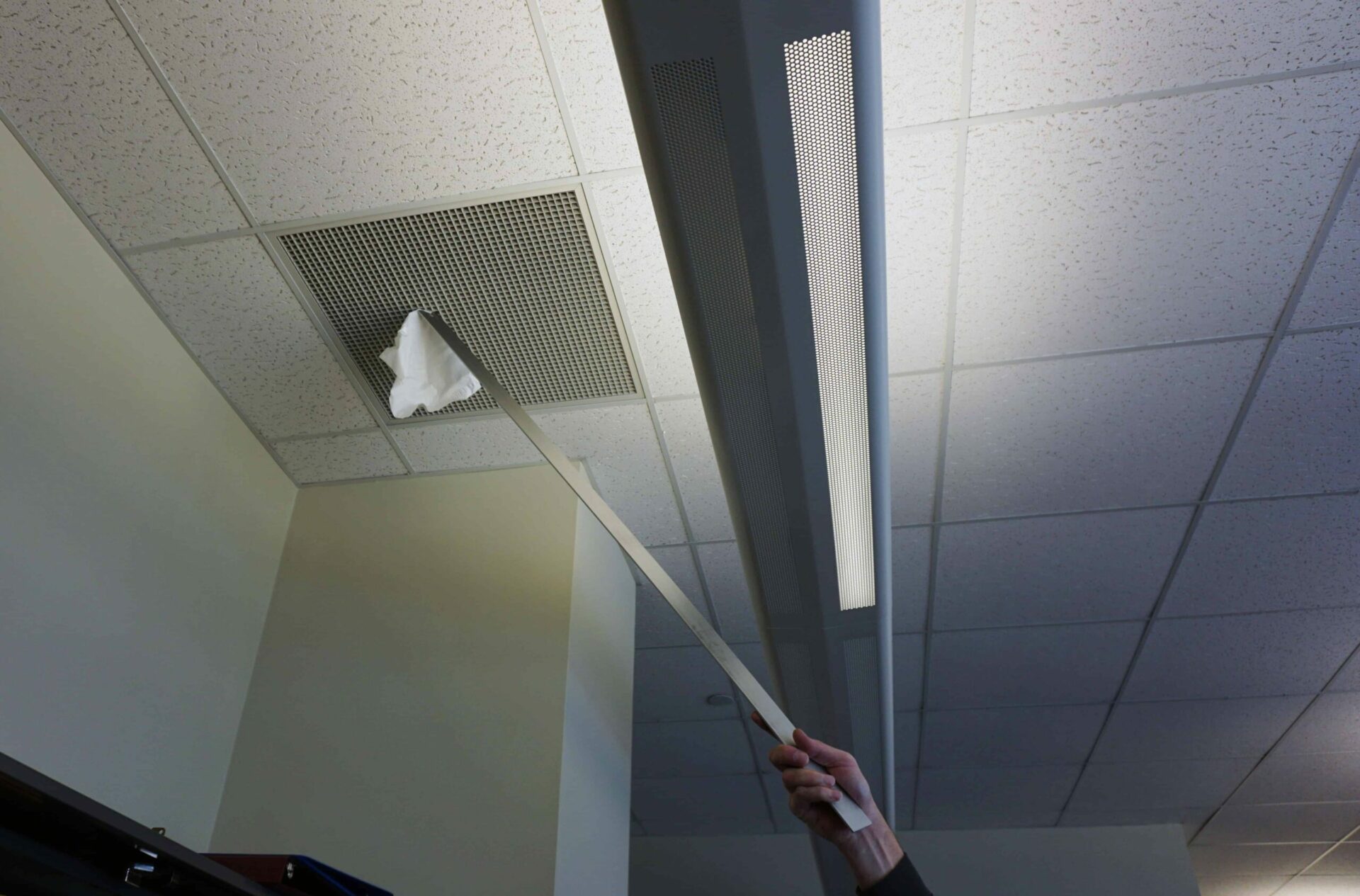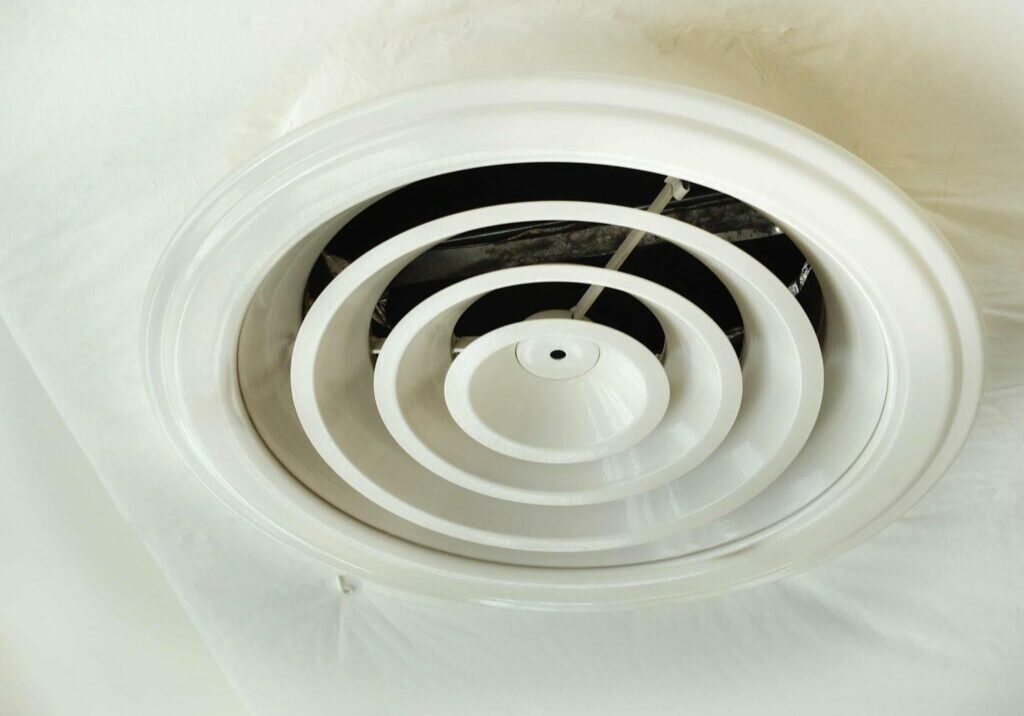Stories from the front lines
By Dorothy Wigmore
Ventilation matters, disinfecting less so
The Metuchen Education Association has worked with district administrators and its UniServ field Rep, Nancy Grbelja, about the district pandemic plan.
After collecting members’ questions before schools opened, the Metuchen Health and Safety Committee brought in NJEA Organizational Development Field Representative Mike Rollins and Allen Barkkume, an industrial hygienist with New Jersey Work Environment Council (WEC). They met with local union leaders and district officials to review the questions, the district’s pandemic plan and a consultant’s ventilation report.
“Allen explained that if you have good air flow coming in, you don’t need to go as high with the filter rating,” Grbelja says. “They agreed to bring individual air purifying units into rooms without windows. We didn’t see a red flag.”
The committee reported the results on a call attended by about 200 members, comprising most of the local association, and administration officials. Barkkume introduced the ventilation “tissue test” tool, a simple way to check air movement around intakes and exhausts with a tissue taped to the end of a long stick.
NJEA and WEC’s disinfecting hazard alert also was an important resource for both districts. It includes warnings about disinfectant misuse and overuse and less toxic options than many schools currently use.
“You don’t want to increase anti-microbial resistance by using disinfectants a lot,” Grbelja says. “We wanted to be sure the kids weren’t using disinfectants, just soap and water, on their desks.”

Surveys, walk-throughs find issues
When the district excluded some Freehold Regional Education Association members from its pandemic planning, FREA President Sarah Reichenbecher and a union reopening committee prepared their own document. The 16 to 20 members—representing different buildings and jobs—read guidelines, talked to administrators and surveyed members twice.
It took Reichenbecher several days to analyze the more than 2,000 responses to the first one.
“We ended up with 70 to 80 pages of questions,” she says. The local sent them to building principals and the head of buildings and grounds. “When we got to WEC, we decided to focus on ventilation issues.”
They organized focused walk-throughs of six high schools with Barkkume, the business administrator, the building’s principal and head of maintenance, and the district maintenance person. Reichenbecher also inspected the transportation and buildings and grounds offices.
“It helped us understand the building systems a lot better,” she says.
Members got a copy of Barkkume’s report.
“We still have concerns about capacity, but at least we don’t have to worry about the building for now,” Reichenbecher said. “Having an expert, especially a third party, explain things so we could understand was incredibly valuable. I learned how to ask questions, how to talk to people about their concerns.”
Being organized and delegating was also important.
“The reopening committee did an incredible job,” Reichenbecher added. “It would have been overwhelming if the FREA Executive Committee had taken it on by itself. And now we know who wants to be more involved with health and safety in their building.”

Information and training are essential
Since the pandemic hit, Barkkume has provided advice to NJEA locals, assigned other WEC hygienists to help, and conducted school walk-throughs.
Little or no information and training about disinfecting hazards is a common theme. Some people have asthmatic reactions to commonly used products. At least one situation led to a complaint to Public Employees Occupational Safety and Health (PEOSH).
“Too often, custodians aren’t being told what they need to know,” Barkkume says. “For example, one worker got only a really quick information session from a sales rep. There’s no documentation of the training, and it wasn’t done by a qualified person.” The sidebar summarizes some aspects of the New Jersey Hazard Communication Standard.
As one local education association representative implores: “People need training before they use any new chemicals. Be more aggressive, sometimes, to protect your association’s members.”
Barkkume adds, “File a PEOSH complaint if you have a strong case.”
Committees make it better
“We never say a school’s safe,” Barkkume says. “We can say if ventilation meets the state’s minimum requirements or, in some cases, exceeds them.”
Detailed inspections take time, he says; a space could have problems that people don’t know about or consider. Many ventilation issues depend on the building’s age, maintenance practices, funding and upgrades.
“It’s not something where you can just look at documents and say it’s good or here’s what needs to be fixed,” Barkkume says. “There are such long-term problems in some places where the local associations with health and safety committees are the ones getting things done.
“Being organized, doing things—that’s how you get results,” he adds. “Committees help administrators uncover things that are misunderstood or misrepresented. You need people on the ground, before, during and after to know the history of which spaces are bad, and if things have really been fixed.”
Dorothy Wigmore is a long-time health and safety specialist, trained in occupational hygiene, ergonomics and “stress.” A Canadian, she also has worked in the U.S. and Mozambique, focusing on prevention and worker participation to solve job-related hazards.
New Jersey’s Hazard Communication Standard says employers must, among other things, “Train all workers who are potentially exposed to hazardous chemicals. Hazard Communication Standard training must be provided by a technically qualified person, on paid time, and in a manner consistent with the educational level, literacy, and language of the employee being trained.” See bit.ly/njhazcomstandard.
Resources
NJEA, Health and Safety Manual, other OHS materials
njea.org/issues/health-safety/health-safety-publications
Health and Safety Committees Knowledge + Action = Change
NJEA, NJ WEC
Disinfecting can be hazardous to all staff and students
